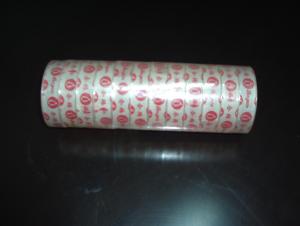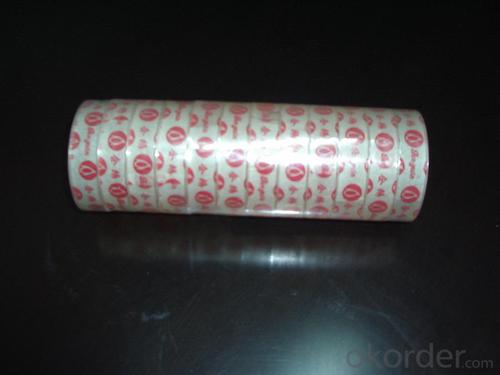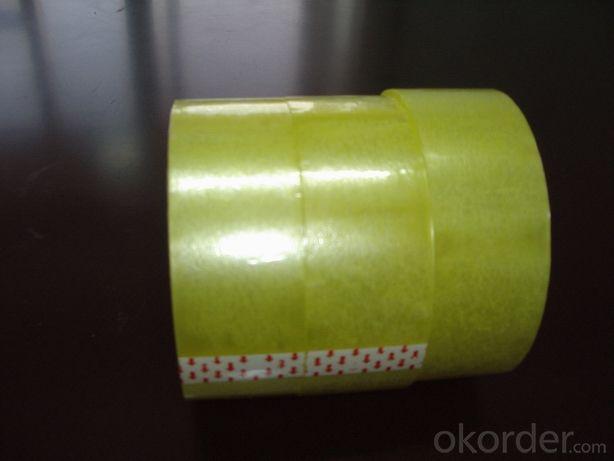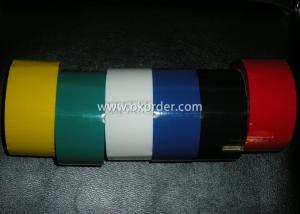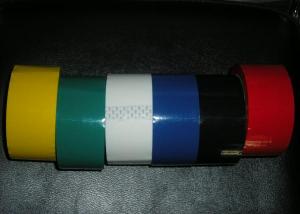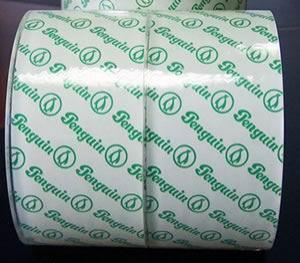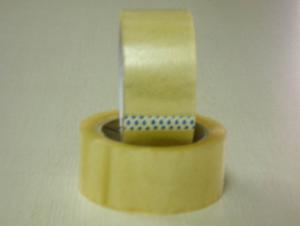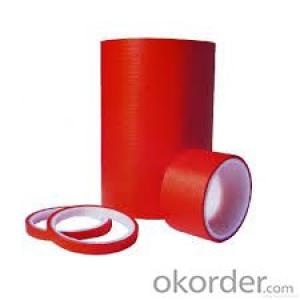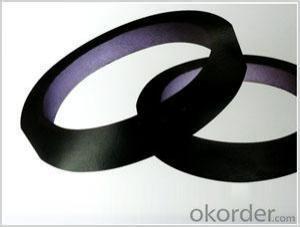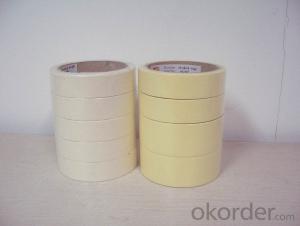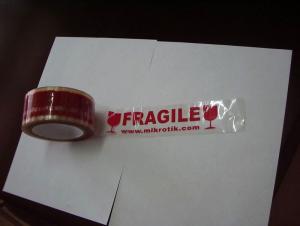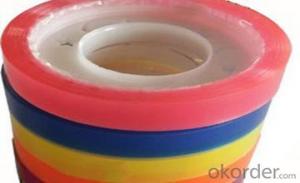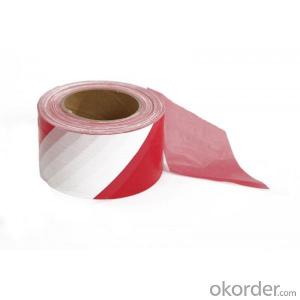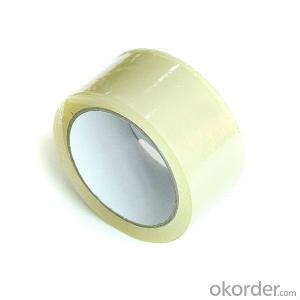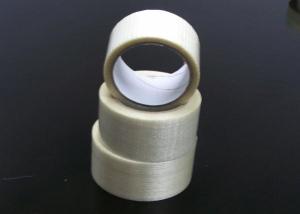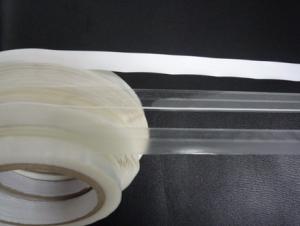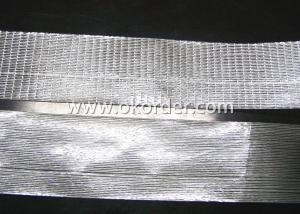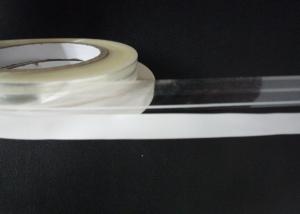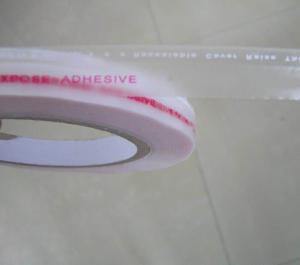Eb Packaging Tape Sdn Bhd Custom Printed BOPP Packing Tape
- Loading Port:
- Shenzhen
- Payment Terms:
- TT
- Min Order Qty:
- 3000USD roll
- Supply Capability:
- 1x 20 ft roll/month
OKorder Service Pledge
OKorder Financial Service
You Might Also Like
Quick details:
Material: BOPP
Use: Carton Sealing
Adhesive Side: Single Sided
Adhesive: Acrylic
Adhesive Type: Water Activated
Design Printing: Offer Printing
Place of Origin: China (Mainland)
color: clear, super clear, crystal clear, red, blue, brown, yellow, green etc
Specifications:
| ItemNo. | Carrier | Adhesive | Total Thickness | Initial Tack | Peel Adhesion | Holding Power | Tensile Strength | Elongation |
| BP-40 | BOPP film | water based acrylic | 40 micron | >18# | 0.5kgf/25mm | >24h | >30N/cm | <180% |
| BP-45 | BOPP film | water based acrylic | 45 micron | >18# | 0.5kgf/25mm | >24h | >30N/cm | <180% |
| BP-50 | BOPP film | water based acrylic | 50 micron | >20# | 0.5kgf/25mm | >24h | >30N/cm | <180% |
| BP-65 | BOPP film | water based acrylic | 65 micron | >24# | 7.88N/25mm | >40h | >30N/cm | <180% |
Application:
Bopp tape is mainly for Carton sealing & packing, Light duty packaging, bundling, holding, and other office & household use.
Packing:
Paper Core ID: 76mm
Jumbo size: 1280mm x 4000m; 1620mm x 4000m
Cut roll size: As per customer's requirement
Cut rolls: 6 rolls per shrink, 36/54/72 rolls per carton with or without pallet
Jumbo rolls & log rolls: Packed with kraft paper and stretch wrap film, with or without pallet
Company Advantages:
1. Stable financial status and sound reputation as a state invested corporation under the direct administration of the State Council of PRC;
2. CNBM’s world wide influence as one of the 500 global fortunes specializing in building materials including adhesive tapes;
3. More than a decade’s exporting experience and technology in adhesive tape industry;
4. Preferencial shipping channels, with a separate team dealing with shipping.
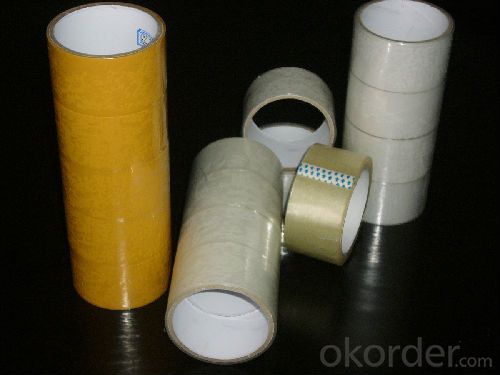
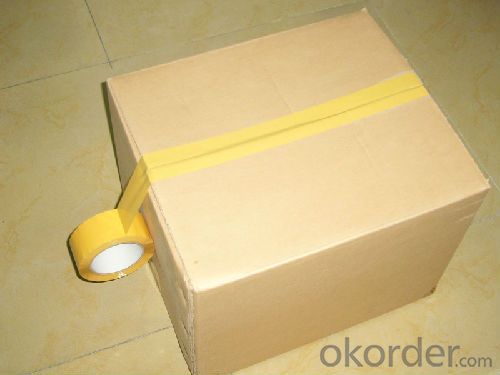
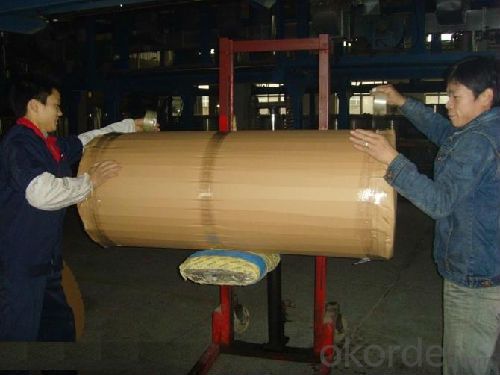
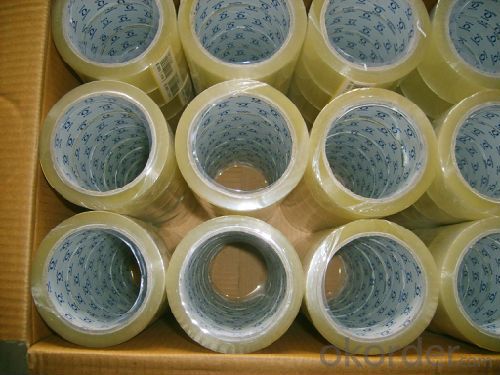
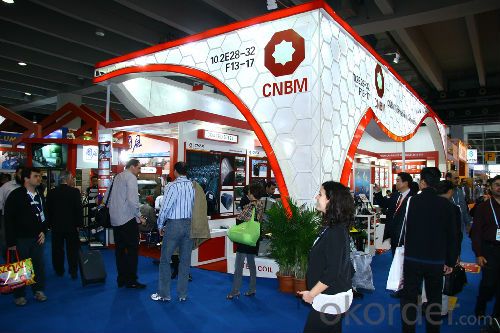
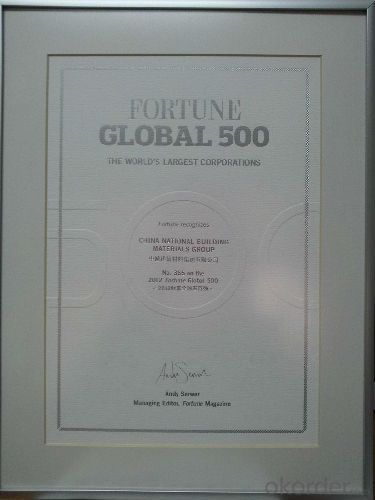
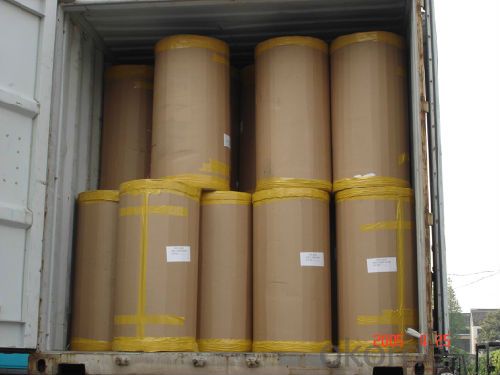
- Q: What are the considerations for using packaging tape on delicate surfaces?
- When using packaging tape on delicate surfaces, there are several considerations to keep in mind. Firstly, it is important to choose the right type of tape. Opt for a tape specifically designed for delicate surfaces, such as low-tack or painter's tape. These tapes are typically less sticky and have a gentler adhesive that won't damage or leave residue on sensitive materials like paper, fabric, or painted surfaces. Secondly, before applying the tape, ensure that the surface is clean and free from any dust, dirt, or moisture. This will prevent any particles or contaminants from getting trapped under the tape and potentially causing damage. When applying the tape, be cautious and gentle. Avoid pressing down too hard or stretching the tape excessively, as this can increase the risk of tearing or damaging the delicate surface. Take your time and carefully smooth out any wrinkles or air bubbles to ensure proper adhesion. Additionally, it is advisable to test the tape on a small, inconspicuous area of the delicate surface before fully committing to using it. This will help you assess its compatibility and whether it causes any adverse effects or damage. Lastly, when removing the tape, do so slowly and carefully. Pull the tape back at a low angle, parallel to the surface, to minimize the risk of tearing or leaving any residue behind. If any residue does remain, use a gentle adhesive remover or warm soapy water to clean the surface. By considering these factors, you can effectively use packaging tape on delicate surfaces without causing any harm or leaving unwanted marks or residue.
- Q: Can packaging tape be used for sealing plastic pet carriers?
- Yes, packaging tape can be used for sealing plastic pet carriers.
- Q: Can packaging tape be used for sealing plastic storage jars?
- Yes, packaging tape can be used for sealing plastic storage jars. It provides a secure and temporary seal that helps keep the contents of the jar fresh and protected. However, it is important to note that using specific jar lids or seals designed for plastic storage jars would be a more suitable and long-lasting option for maintaining the quality of the stored items.
- Q: What is the best way to apply packaging tape?
- The best way to apply packaging tape is to first ensure that the surface is clean and dry. Start by holding the tape dispenser at a slight angle and pressing firmly on the surface, moving the dispenser smoothly in a straight line. Avoid stretching or folding the tape as it can weaken its adhesive properties. Finally, use a sharp object to cut the tape cleanly, ensuring a secure and professional seal.
- Q: Can packaging tape be used on all types of surfaces?
- When it comes to packaging tape, it generally works well on a wide variety of surfaces. However, it is crucial to take into account the specific characteristics of the surface. Packaging tape is specifically designed to stick to different materials like cardboard, paper, plastic, and even certain metals. Its common uses include sealing boxes and securing packages. Nevertheless, there are surfaces that may not be suitable for packaging tape, particularly those that are extremely smooth, oily, or coated with a non-stick substance. In such instances, the tape might not stick properly or could easily peel off. It is always recommended to test the tape on a small and inconspicuous part of the surface before applying it extensively. Furthermore, there are various types of packaging tapes available, each with its own unique adhesive properties. Therefore, it is crucial to select the appropriate tape for the intended surface in order to ensure proper adhesion and durability.
- Q: Transparent sealing tape 48mm*60y what do you mean?
- 48mm is tape width. 60Y is tape length, Y means yards, yards 0.914 meters.
- Q: Does packaging tape come in different colors for organization purposes?
- Yes, packaging tape does come in different colors for organization purposes. Many companies offer packaging tape in various colors such as red, blue, green, yellow, and black. These different colors can be used to categorize and organize different types of packages or to differentiate between shipments going to different destinations. It can be particularly useful in warehouses or shipping departments where multiple packages need to be identified and sorted easily. Additionally, colored packaging tape can also be used for decorative purposes, such as gift wrapping or creating visually appealing packaging for retail products.
- Q: Can packaging tape be used for sealing packages with breakable items like ceramics?
- Yes, packaging tape can be used for sealing packages with breakable items like ceramics. However, it is recommended to use additional protective measures such as bubble wrap or foam padding to ensure the safe transportation of fragile items.
- Q: Can packaging tape be used for securing cables or cords?
- Yes, packaging tape can be used for securing cables or cords. It provides a temporary solution for bundling and organizing cables, but it is not the most ideal or durable option. Using specialized cable ties or Velcro straps is recommended for a more secure and long-lasting solution.
- Q: Is packaging tape safe to use on mirrors?
- Yes, packaging tape is generally safe to use on mirrors. It is a strong and adhesive tape that is designed to securely hold items together. However, it is important to note that the type of packaging tape used can affect its safety for use on mirrors. Clear packaging tapes or tapes specifically designed for glass surfaces are typically the best options to avoid any potential damage or residue left on the mirror. Additionally, it is recommended to test a small, inconspicuous area of the mirror before applying the tape to ensure it adheres well and does not cause any damage.
1. Manufacturer Overview
| Location | Fujian, China |
| Year Established | 1994 |
| Annual Output Value | Above US$ 1000 Million |
| Main Markets | Southeast Asia; South America; Eastern Europe; North America; Northern Europe; South Asia; Western Europe; Africa; Mid East |
| Company Certifications |
2. Manufacturer Certificates
| a) Certification Name | |
| Range | |
| Reference | |
| Validity Period |
3. Manufacturer Capability
| a) Trade Capacity | |
| Nearest Port | Shenzhen |
| Export Percentage | 41% - 50% |
| No.of Employees in Trade Department | 101-200 People |
| Language Spoken: | English; Chinese |
| b) Factory Information | |
| Factory Size: | Above 10,000 square meters |
| No. of Production Lines | Above 10 |
| Contract Manufacturing | produce single sided tapes,double sided tapes, masking tape, Opp tape |
| Product Price Range | Low; Average |
Send your message to us
Eb Packaging Tape Sdn Bhd Custom Printed BOPP Packing Tape
- Loading Port:
- Shenzhen
- Payment Terms:
- TT
- Min Order Qty:
- 3000USD roll
- Supply Capability:
- 1x 20 ft roll/month
OKorder Service Pledge
OKorder Financial Service
Similar products
Hot products
Hot Searches
Related keywords
